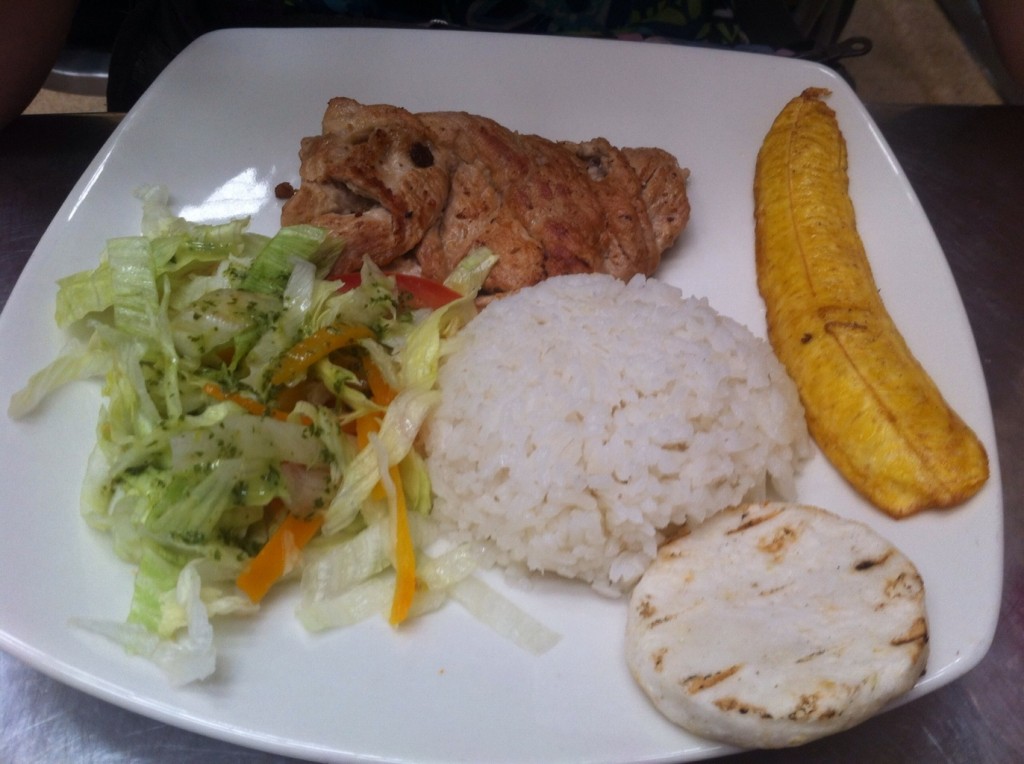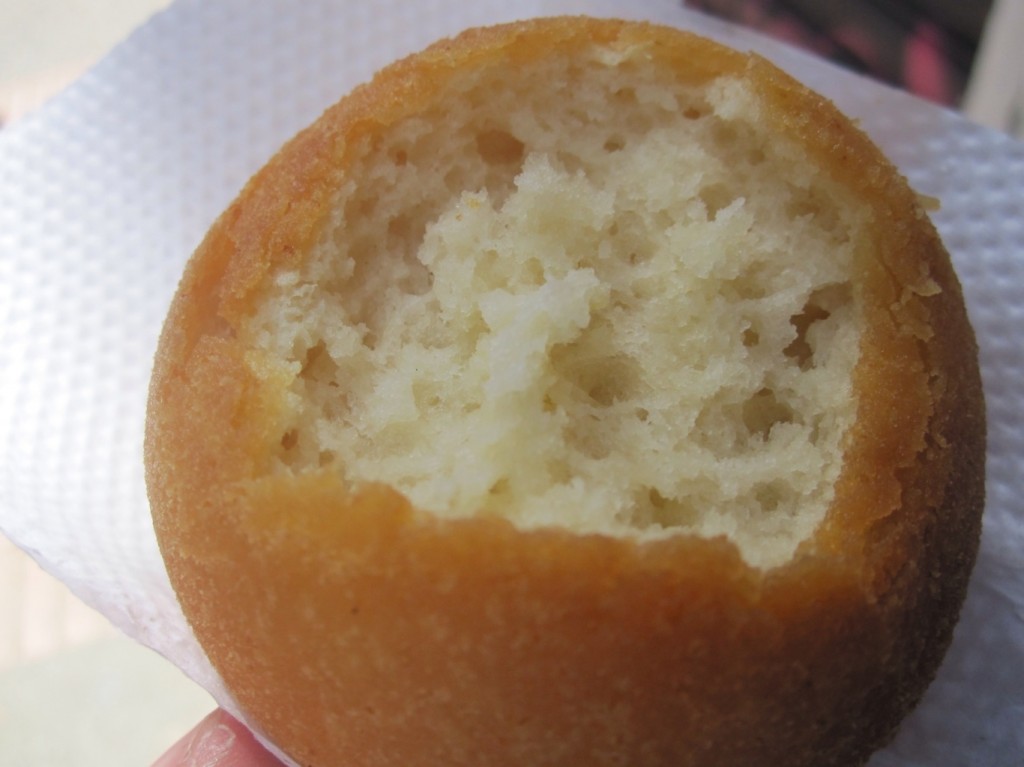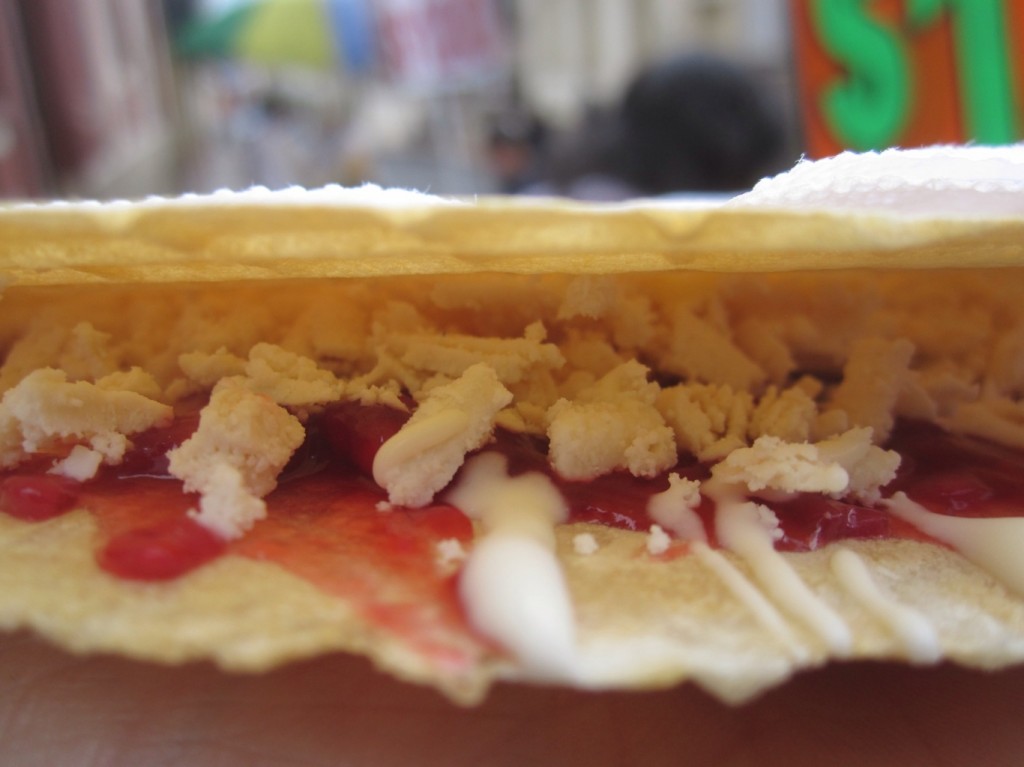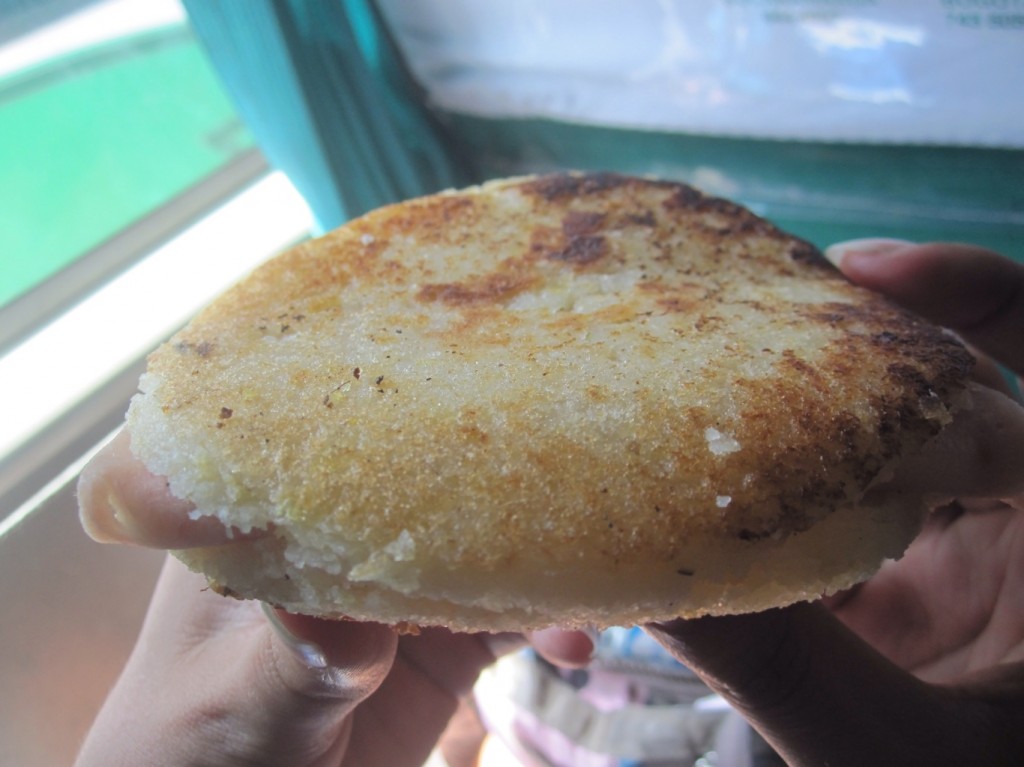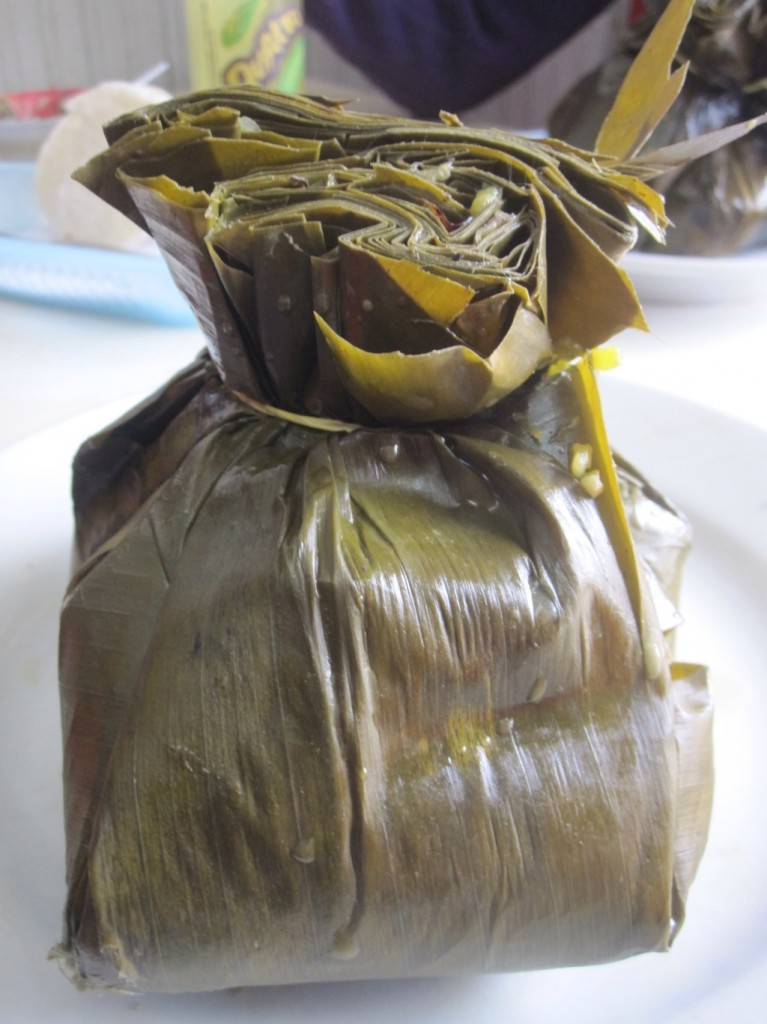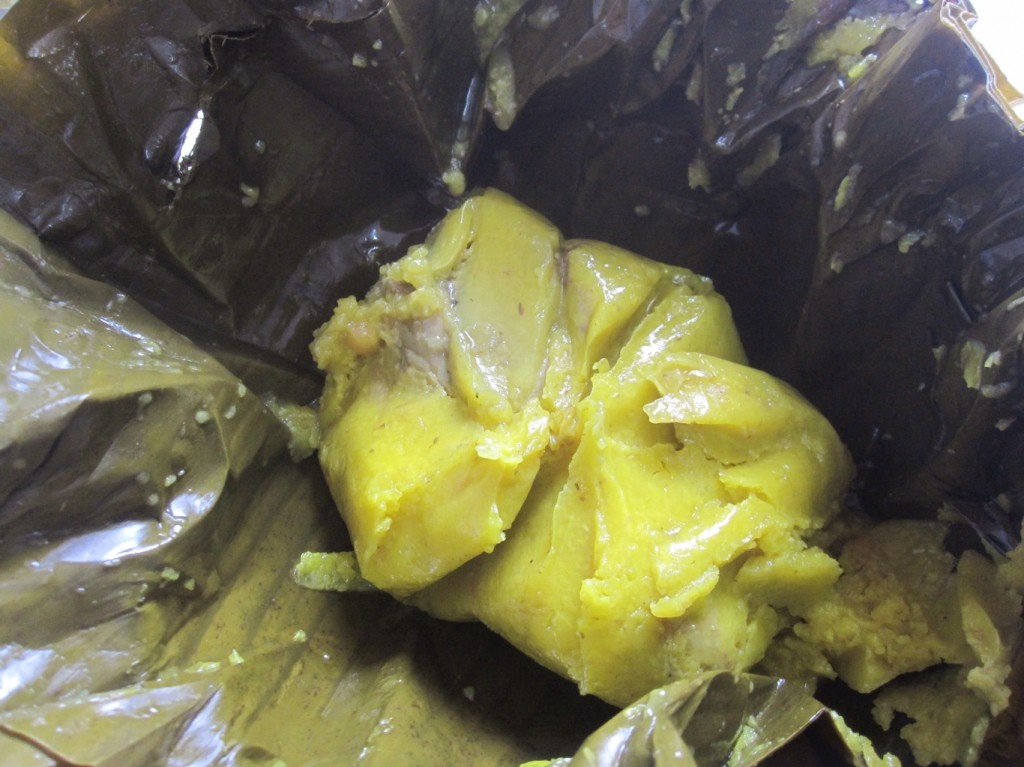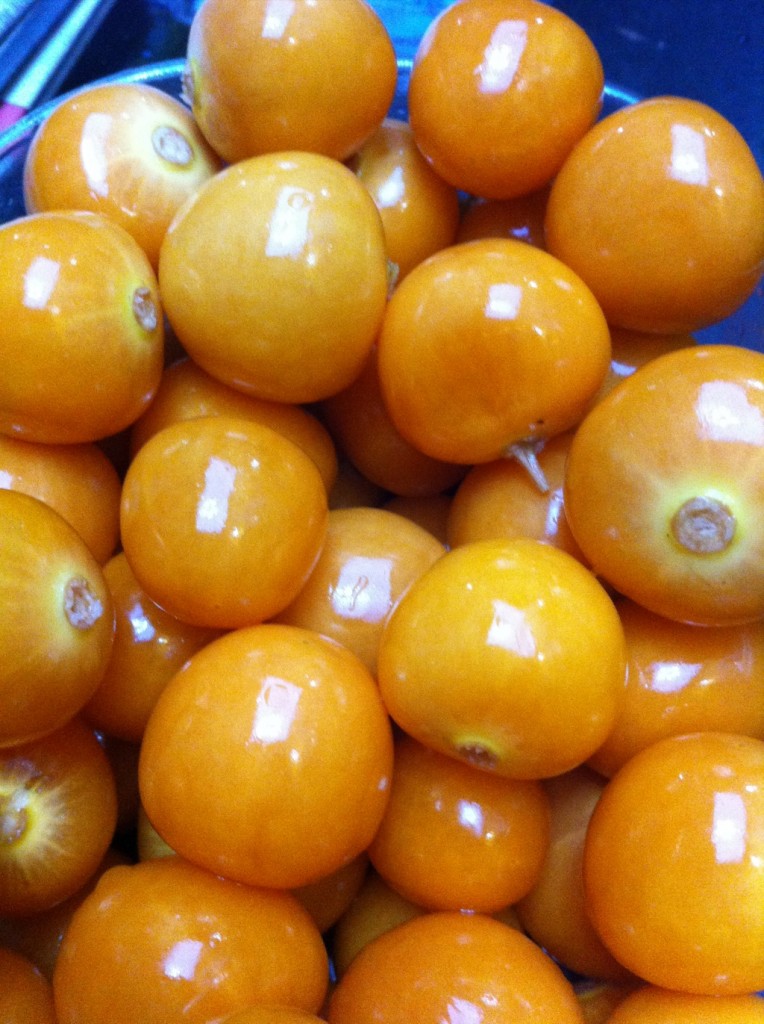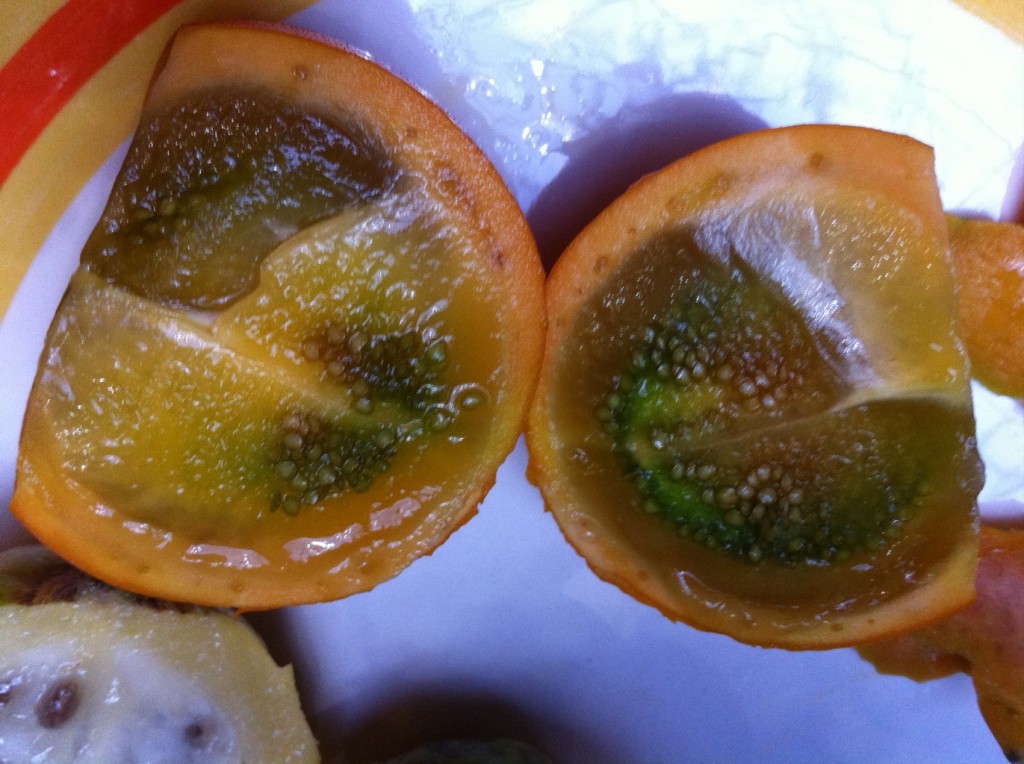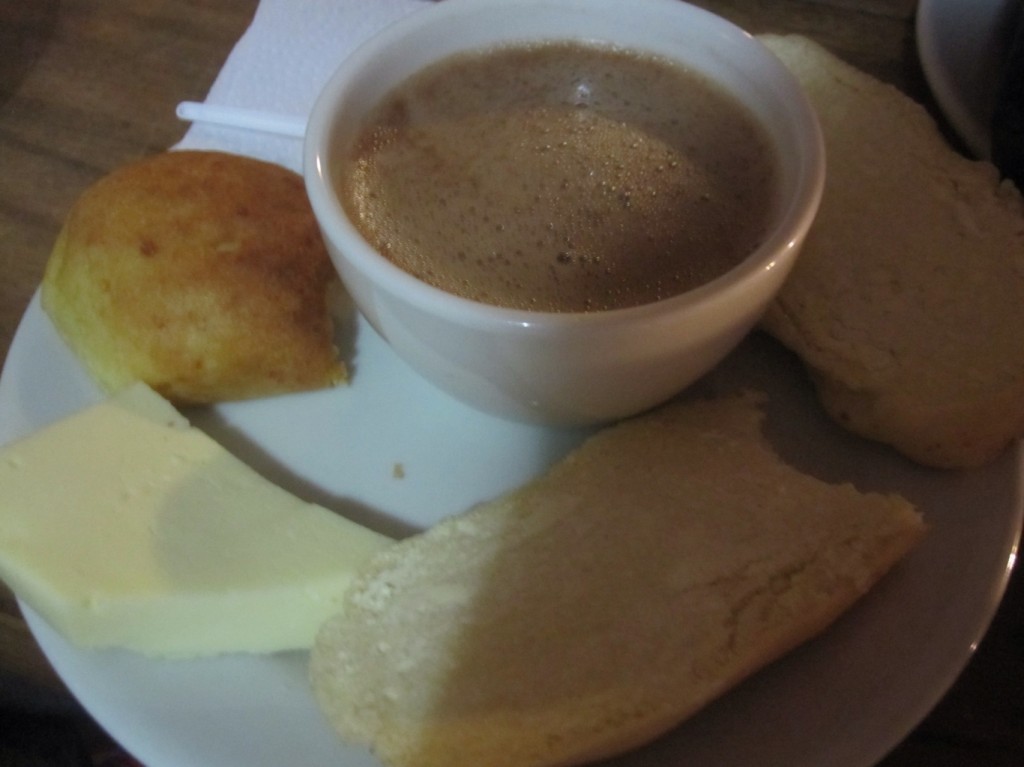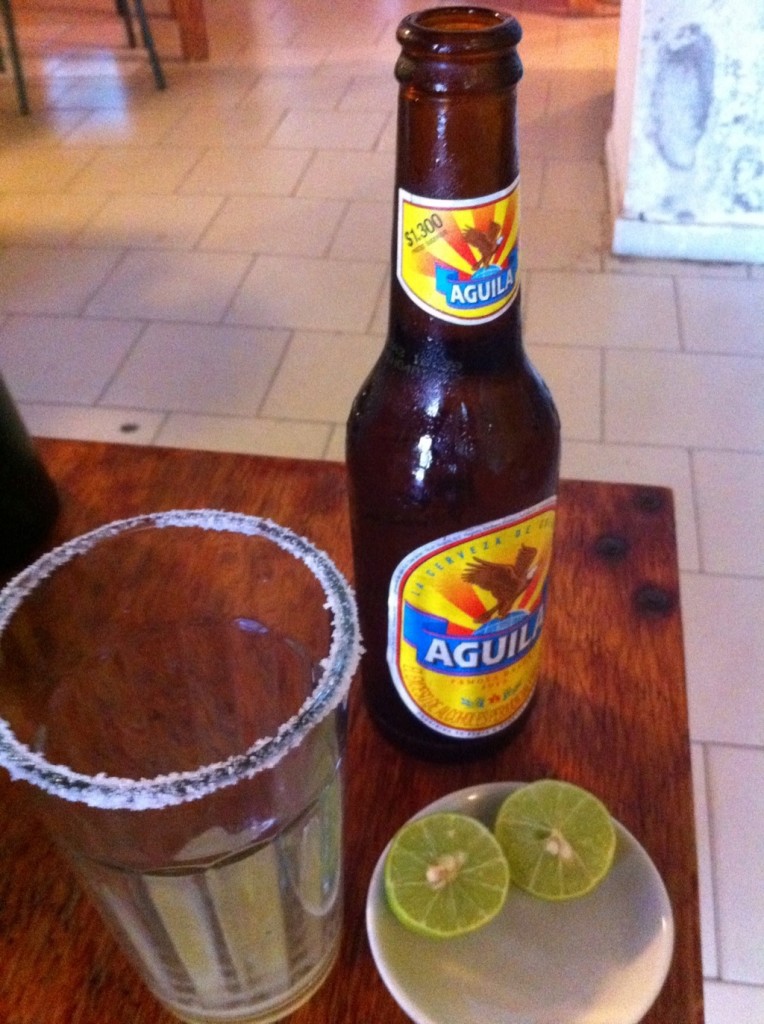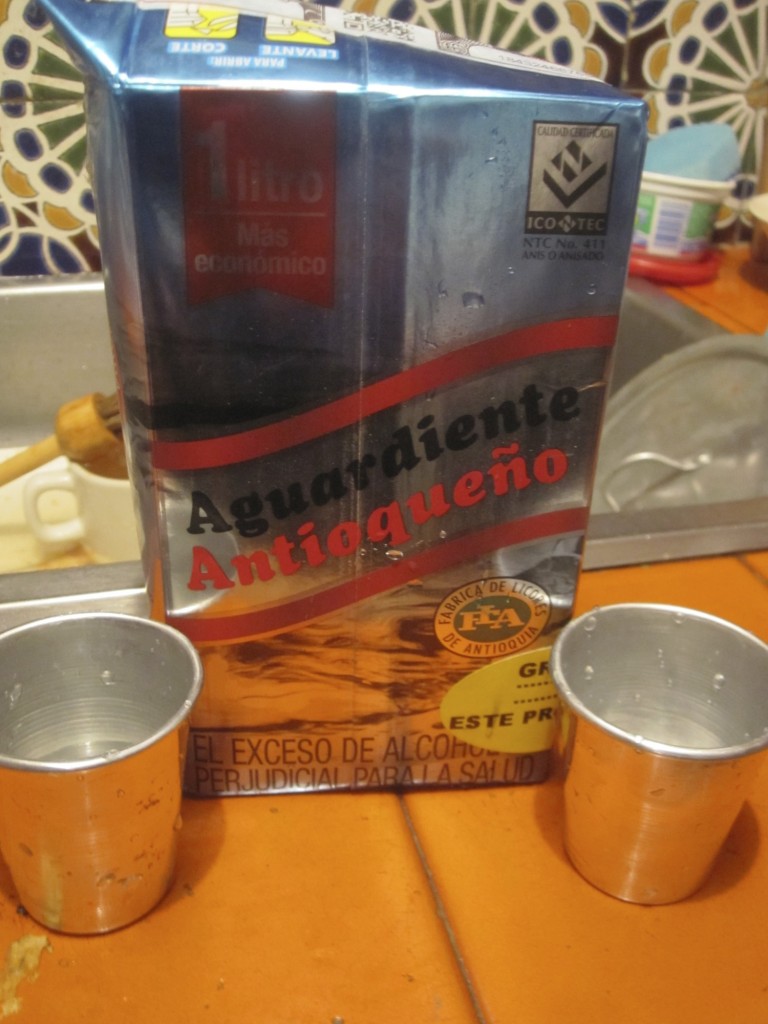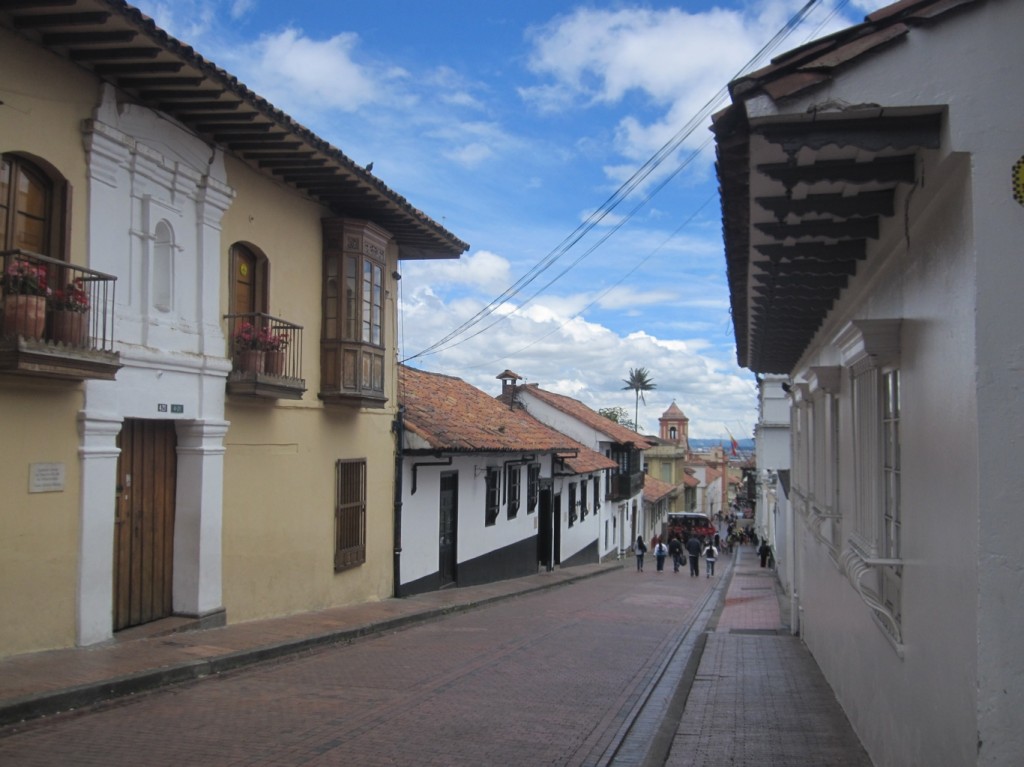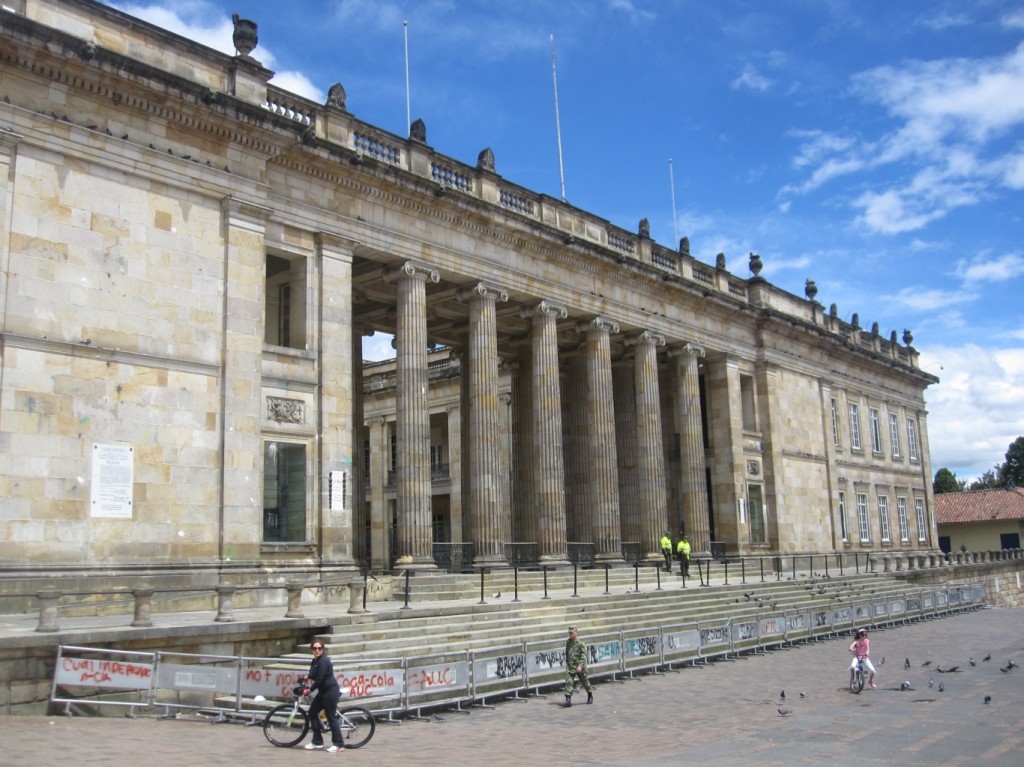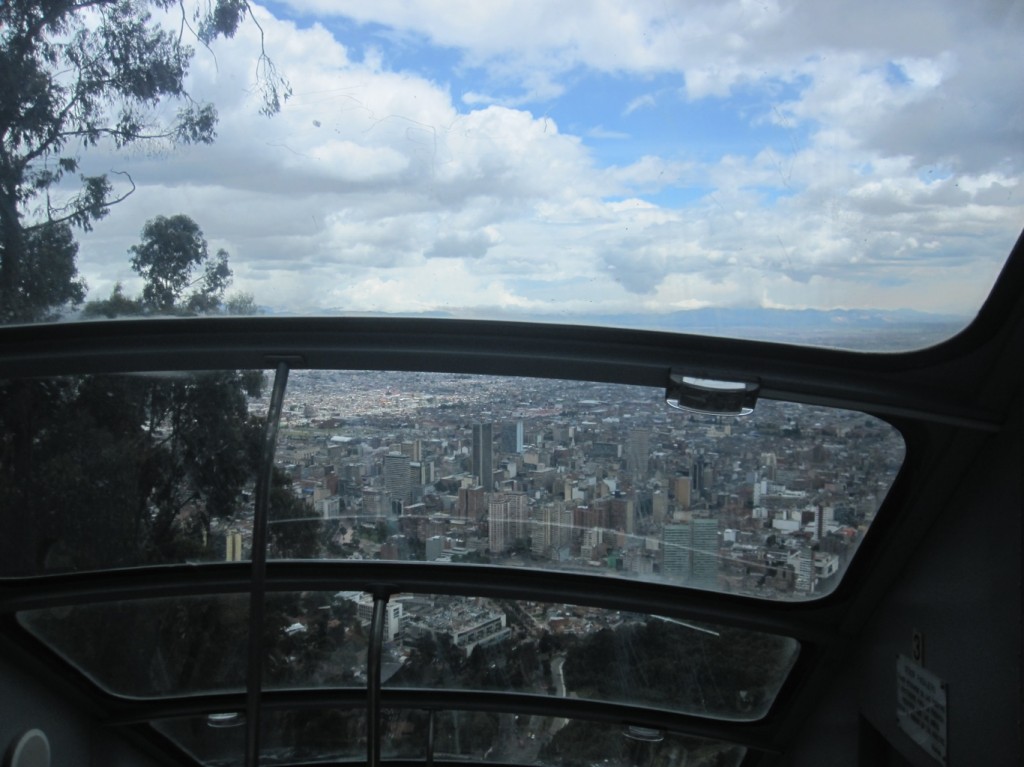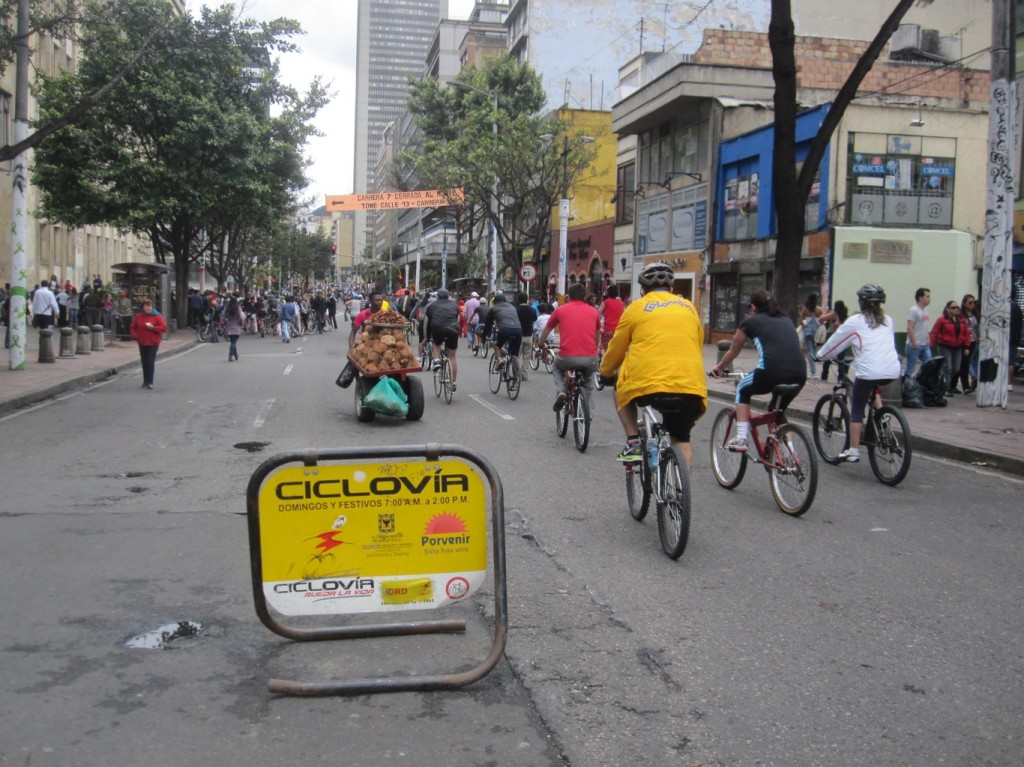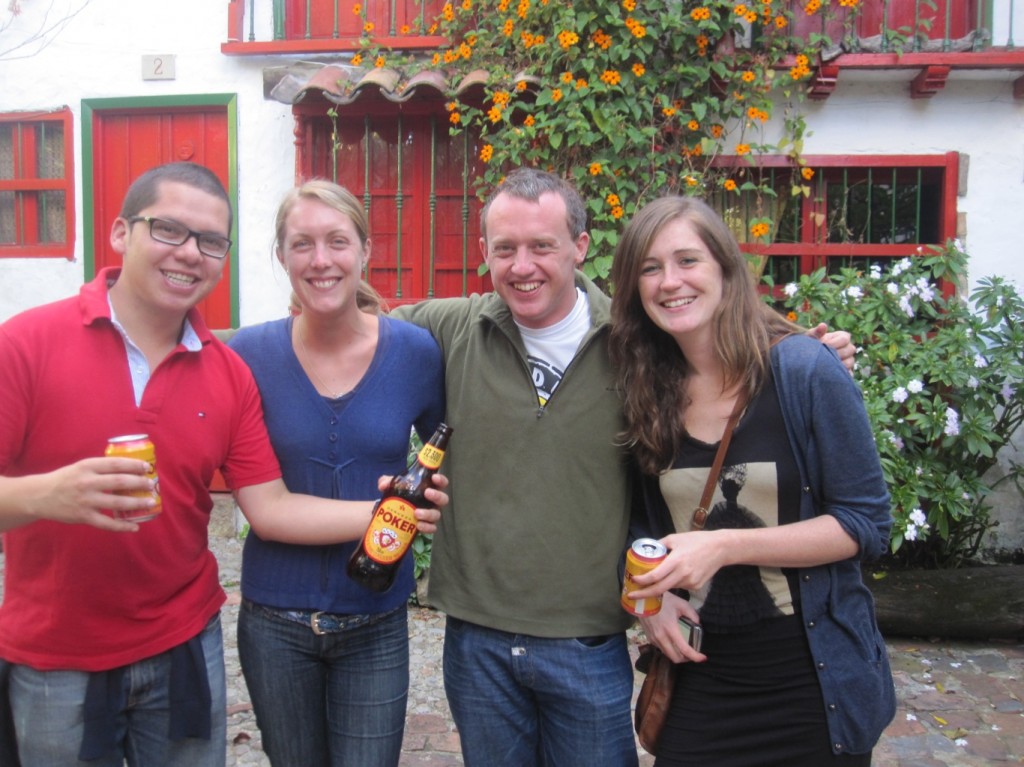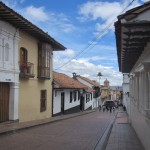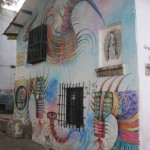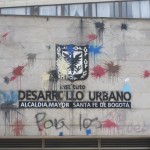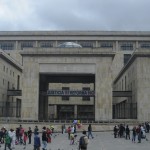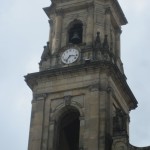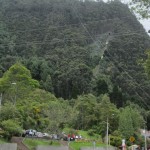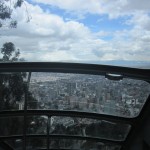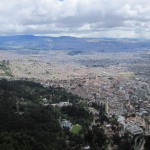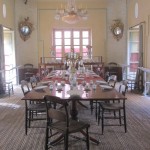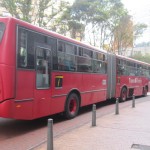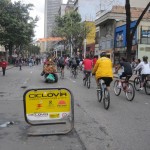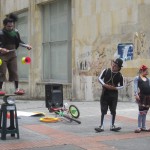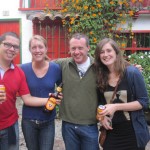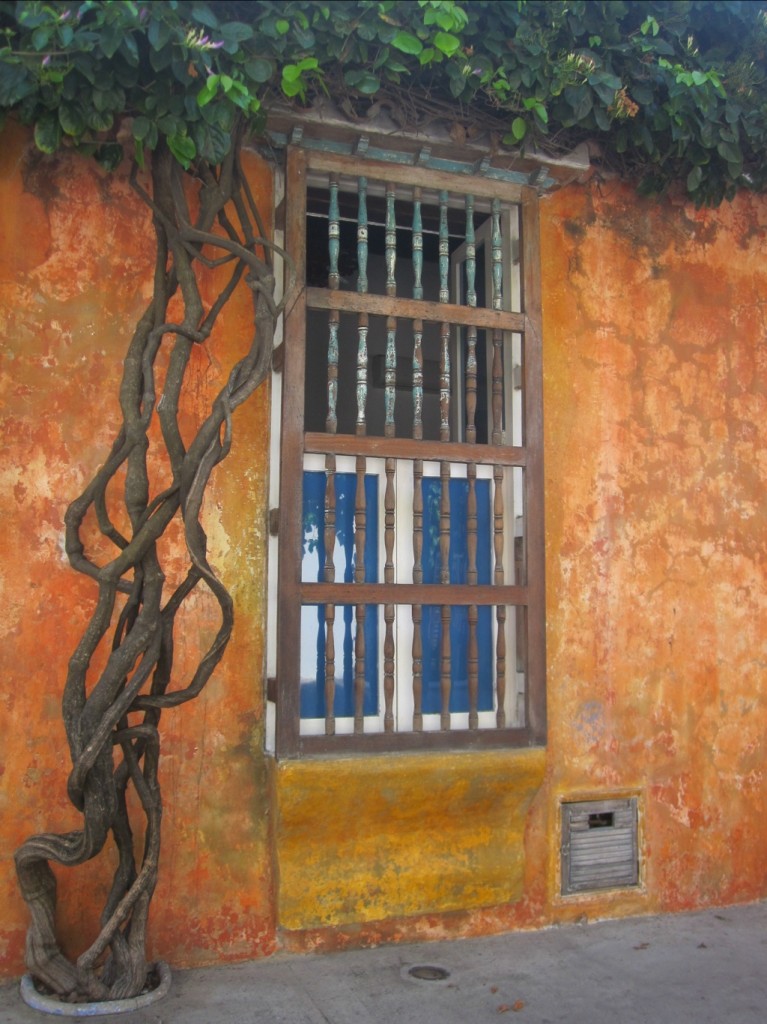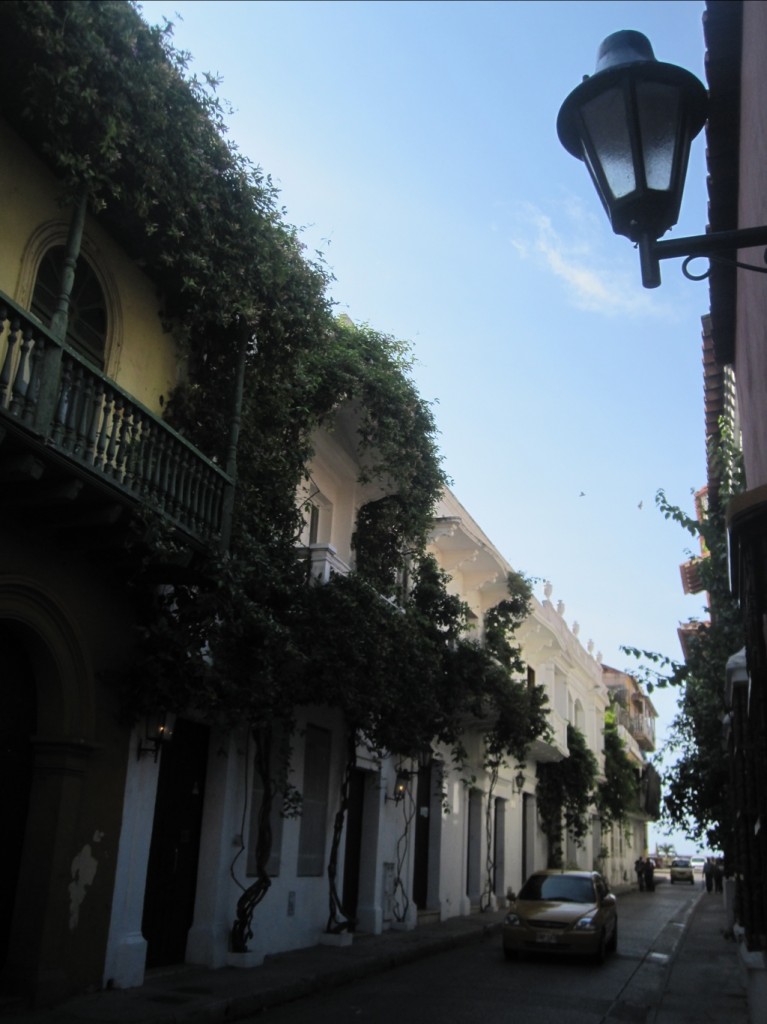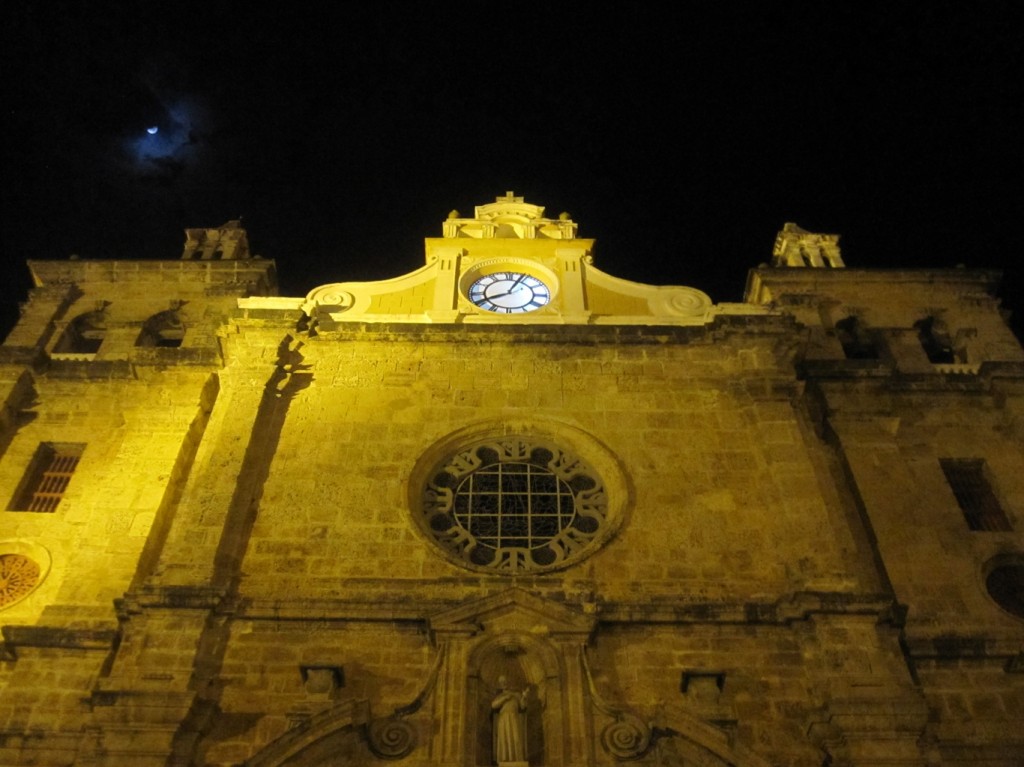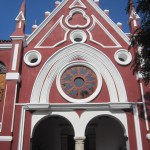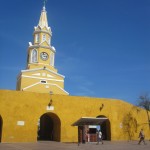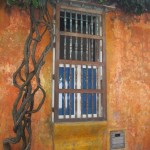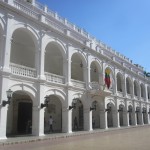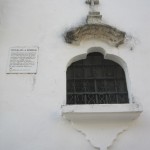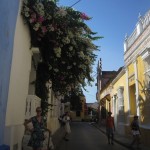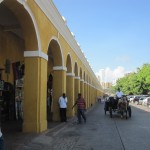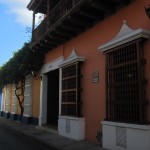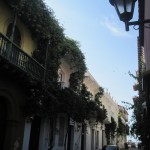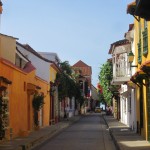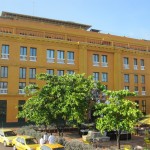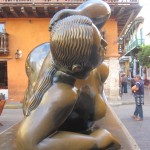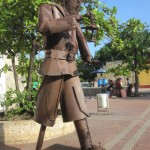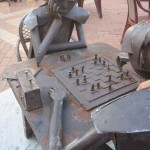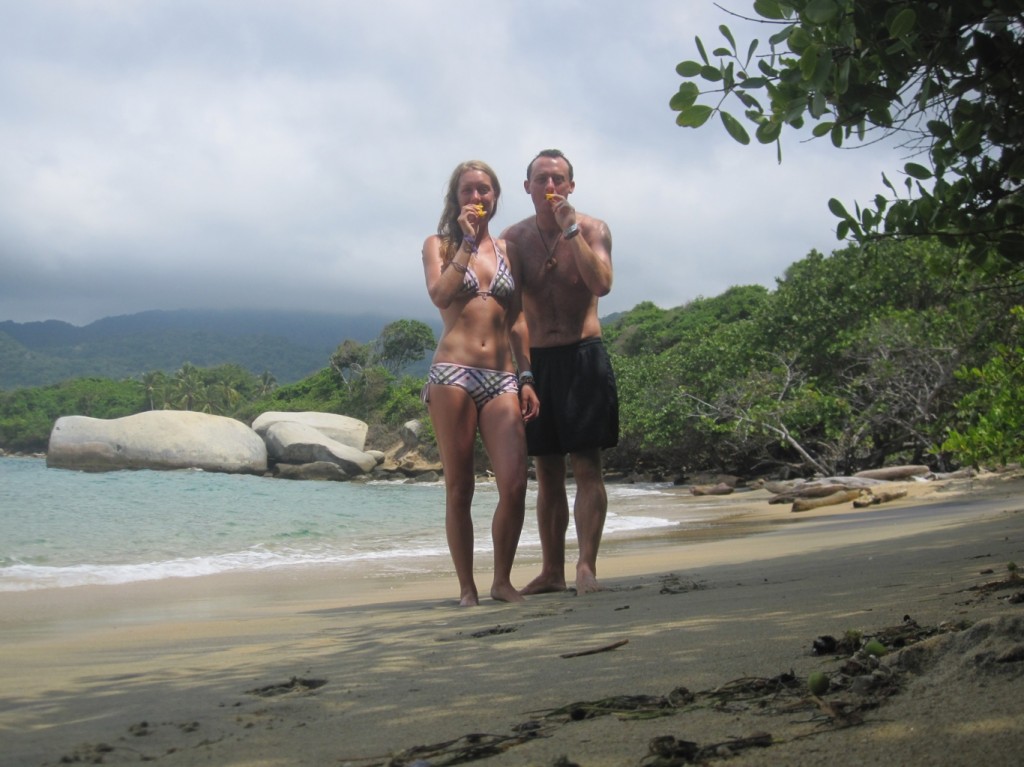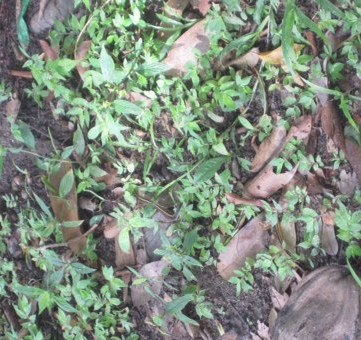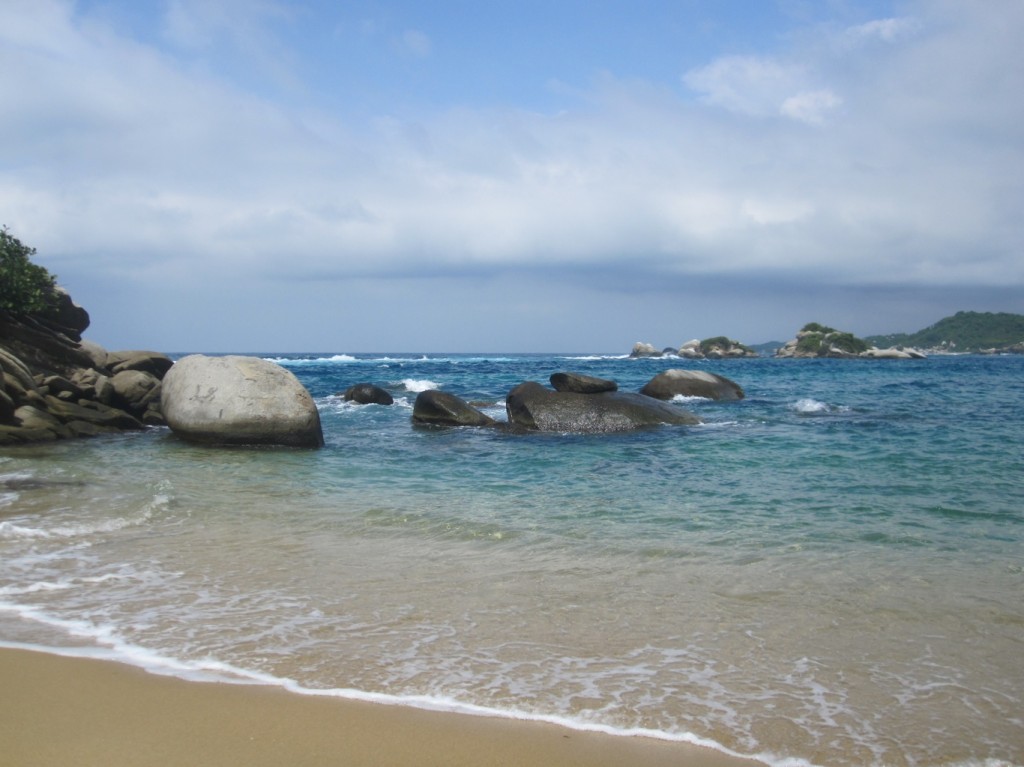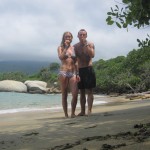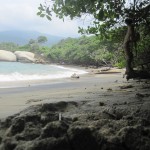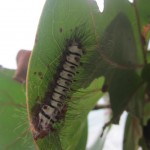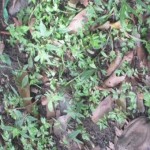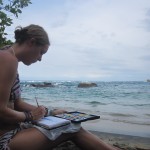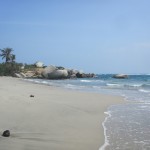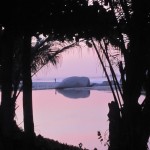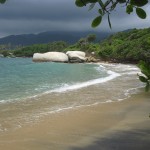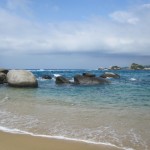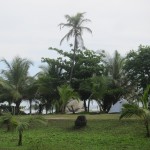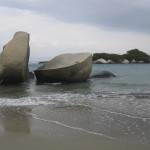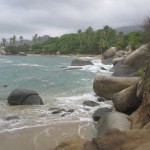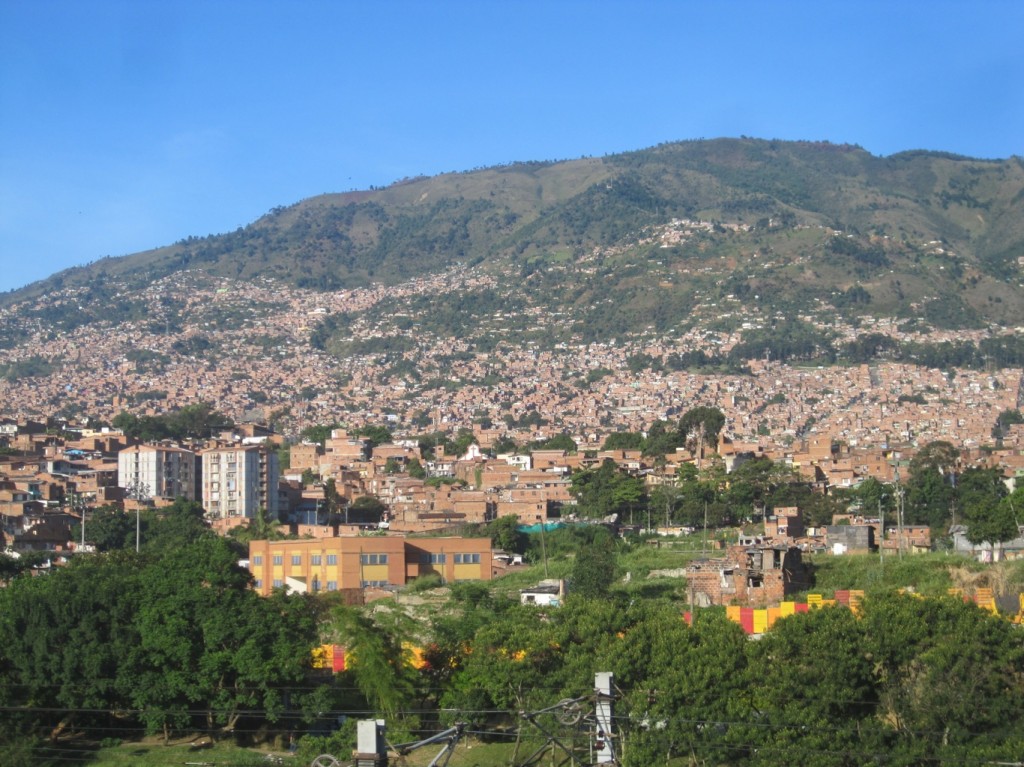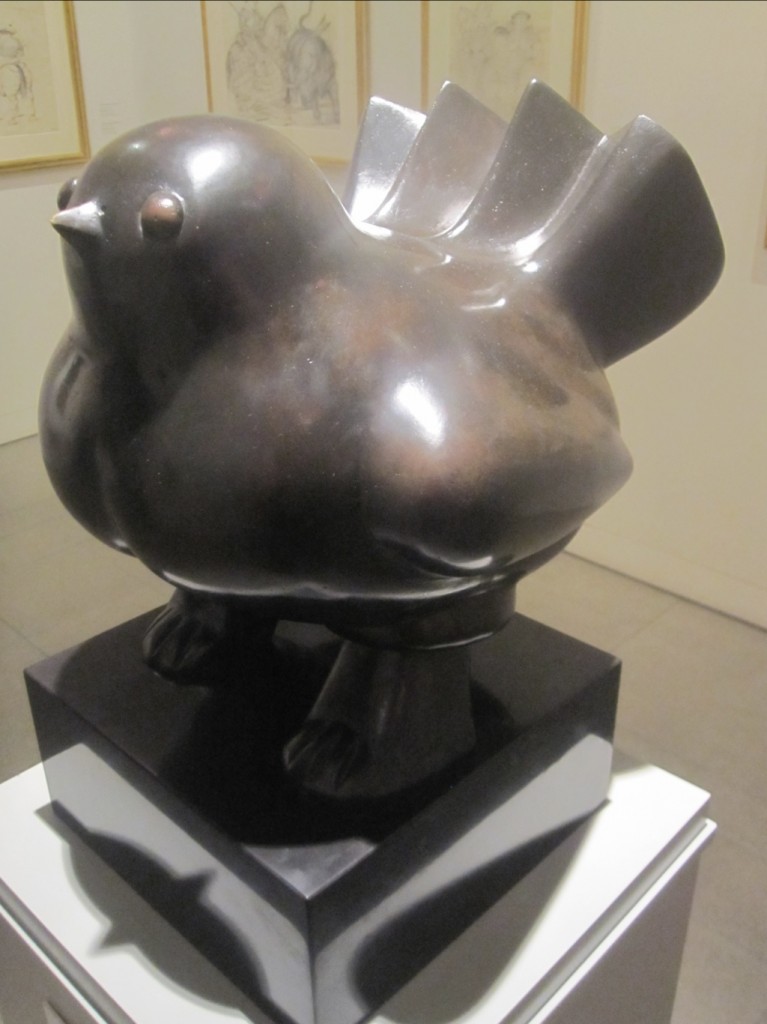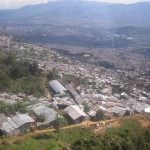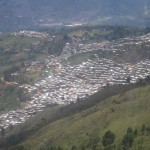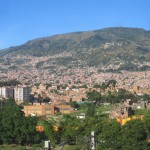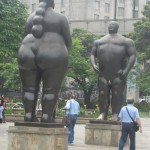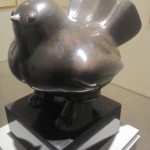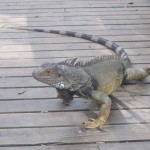If there’s one thing that Colombians love it’s cheese, they’ll add it to pretty much anything from fruit salad to hot chocolate. Unfortunately (or perhaps fortunately) the ubiquitous cheese comes in only one fairly flavourless form. Here are some of the Colombian specialities that we sampled (sometimes minus the cheese):
Buñuelos
Buñuelos are little balls of a fluffy cake-like texture with a vaguely (surprise surprise) cheesy flavour and crunchy exterior courtesy of their being deep-fried. Simon thought they reminded him of the sponge balls from PE at school, fried. Tasty!
Obleas
A common street snack is a sandwich comprised of two tea-plate sized wafers with three fillings from a choice of dulce de leche, jam, chopped nuts, hundreds and thousands, mascarpone and… You guessed it, grated cheese.
Arepas
Another common street snack, arepas are grilled patties made primarily from white corn which unless stuffed with cheese (or if you’re feeling adventurous perhaps even some other filling) can be seriously lacking in flavour.
Tamales
Tamales make a great lunch. When you open up the steamed, banana leaf-wrapped parcel you discover a tasty yellow corn-based paste (with a flavour reminiscent of stuffing) surrounding a portion of equally delicious meat, a surprisingly filling dish.
Tropical fruits
Colombia has a wealth of tropical fruits. We decided the best way to sample the unknown delights was to walk into the supermarket and buy one of everything we’d never heard of or that particularly took our fancy. Among the fruits we enjoyed were grenadilla (kind of a cross between a passionfruit and a pomegranate), passionfruit (these are much bigger and sharper tasting than those found in supermarkets back home), uchuvas (known as Cape Gooseberries back home, here in Colombia the small yellow fruit is packed with much more punch), papayuela (similar to passionfruit in texture but with a subtler, more pineapple-like flavour), and finally my favourite, lulo. Lulos are orange on the outside, green on the inside ad have an incredibly sharp kiwi-crossed-with-lime flavour, absolutely delicious! I’m just sad that we only discovered this incredible fruit towards the end of our time in Colombia.
Hot chocolate with cheese
You may be picturing stirring some mascarpone into your hot chocolate to give a slightly strange but not unpleasant tang to the drink. But no, you are expected to break off bits of rubbery cheese, drop them into your hot chocolate allowing them to soften a little with the heat (the cheese doesn’t actually melt) before spooning the sweetened chunks into your mouth. It’s not particularly unpleasant, just not something I feel the need to try again… I think I’ll stick to marshmallows and cream.
Cerveza Michelada
Beer with lime in the glass and salt around the rim, margarita style. Very refreshing if a little odd – great for the hot climate.
Aguardiente
This is the most popular spirit in Colombia, with an initial aniseed taste similar to sambuca but an aftertaste of vodka. Most strangely, it also comes in packed lunch sized cartons.
Colombia certainly supplied a refreshing variety of new dishes to our South American experience and, with the fantastic fruits on offer, some flavours that I fear I will spend a long time searching to sample again…
Laura

